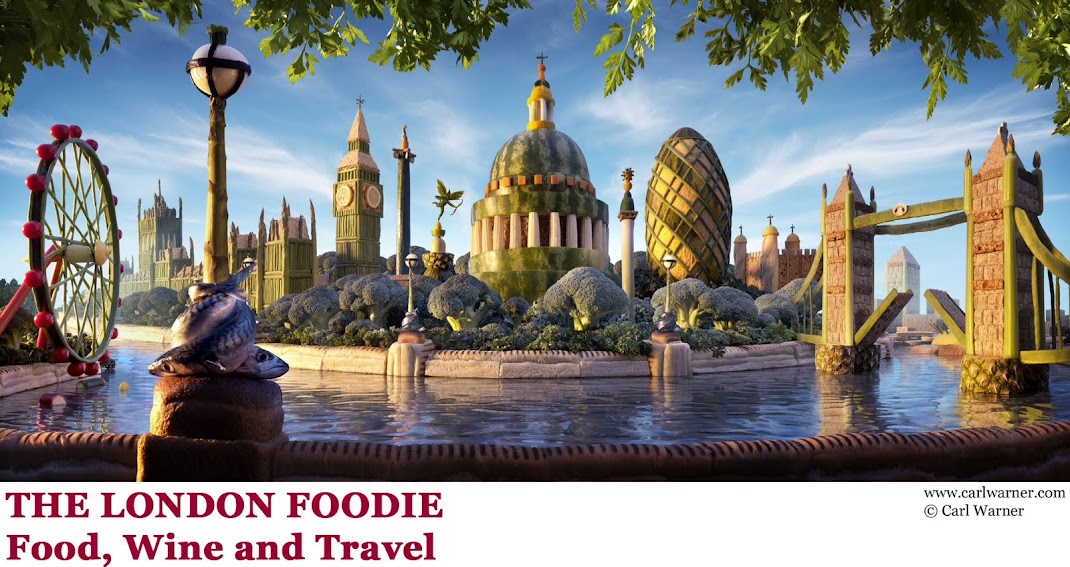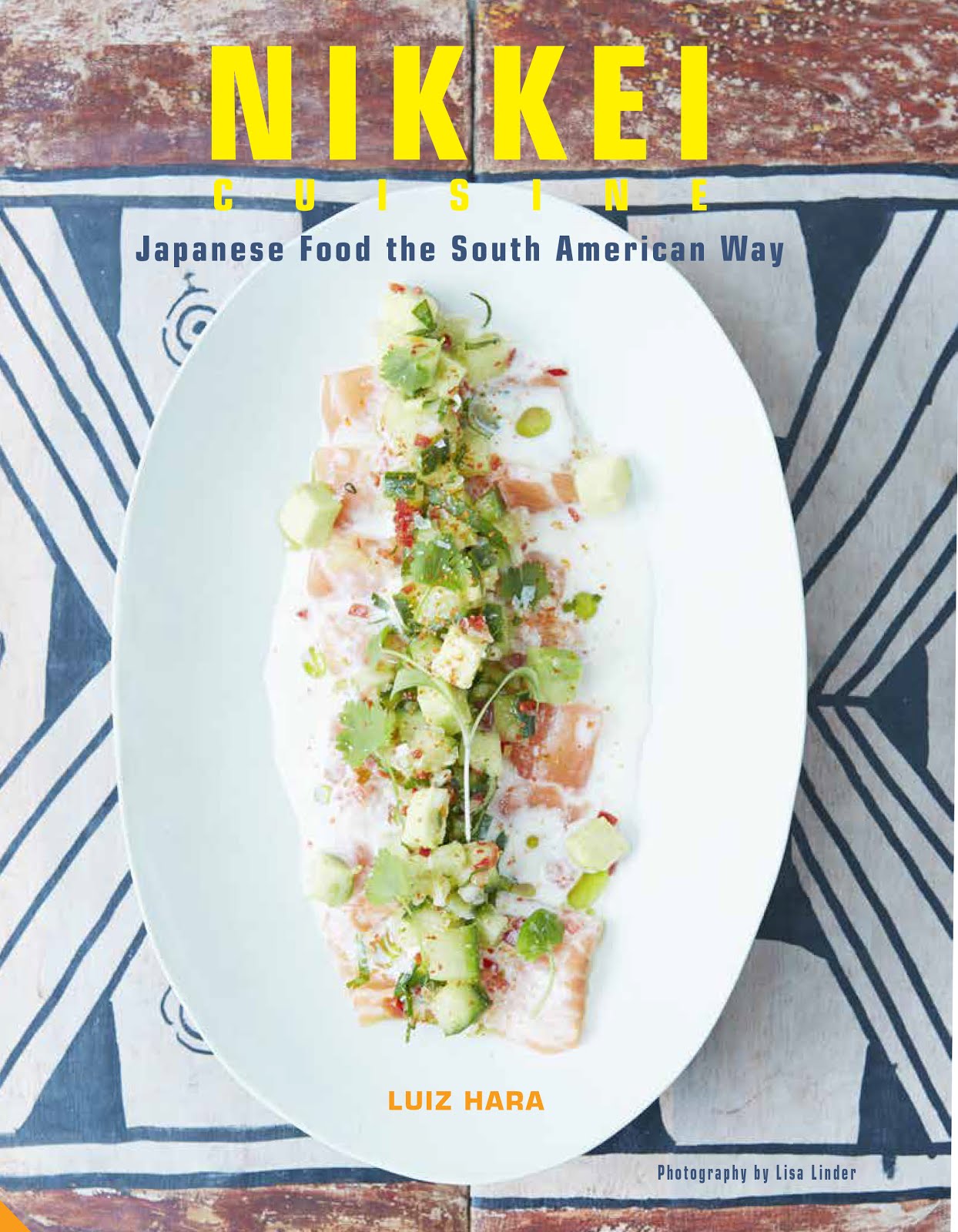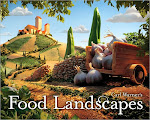Words & Photography by Felicity Spector and Luiz Hara
Name: The Mirror Room and Scarfes Bar
Where: Rosewood Hotel, 252 High Holborn,
London WC1V 7EN
Cost: Small plates priced from £9 to £16, main
courses from £13 to £21, while some dishes to share ranged from £19 to £75 for
a rib of beef.
About: The Mirror Room is billed as the
highlight of the newly refurbished Rosewood Hotel, the reincarnation of the
5-star Chancery Hotel around the corner from Holborn station. Its American
owners have spent an astonishing £85 million on the refit, including a suite in
its own wing, so vast that it has its own postcode. Plus, we were told, a cool
£500,000 on the dining room silverware alone. Be sure to take care with the
glasses in the bar - they cost €150 each!
Designed by New-York based Tony Chi, the
Mirror Room itself is a long, astoundingly dramatic space, with a highly
intricate mirrored ceiling, a huge fire blazing at the end, and the biggest
vase of flowers I’ve ever seen in the centre, from the high-end florists
McQueens. Décor is Chinese influenced, with plenty of glossy black lacquer and
some very grand sofas and chairs.
The man behind Mirror Room’s kitchen is Bjorn
Van Der Horst of the late Eastside Inn who received rave reviews for his
Clerkenwell restaurant before it shut.
Prior to dinner, we had a couple of
cocktails in the Scarfes Bar, a cosier and more intimate room with beautifully
judged lighting, a blazing fire, antique books, and very comfortable chairs.
Illustrations come courtesy of the caricaturist
Gerald Scarfe. Here, the comprehensive drinks menus - including more than 200
single malts, come hidden inside antique looking leather book jackets, and
there’s live music every night. The staff were fantastic, very knowledgeable
and friendly: nothing seemed too much trouble.
The more casual Holborn Dining Rooms is set
to open shortly in the hotel, which will be another, perhaps more affordable
dining option at the Rosewood Hotel.
From the book lined comfort of the Scarfes
Bar, we were led into a stunning corridor, shimmering in a sort of bronze
light, then through to the vast expanse of the Mirror Room. “It’s the first
place I saw which made me simply say - wow”, said our waitress: and there
certainly has been no expense spared on this lavish and luxury space.
What we ate: The menu is divided into a
range of ‘small plates’ from which you could easily construct a meal: five
between two people, we were told, might be a good selection. Of the large
plates, there were a lot of sandwiches, mixed with some more conventional main
course dishes and three larger ‘sharing plates’.
The excellent sourdough bread came with a
flavoured butter, which changes daily - a clever idea: on the day we went, it
was golden raisin, walnut and thyme, which lent a pleasant sweetness and
crunch.
I started with a pheasant and chestnut soup
(£9), which was exquisitely made, with a rich flavour from the pheasant stock,
and plenty of trompette de la mort mushrooms, along with pieces of sliced
chestnut to add texture to the creamy veloute style broth.
We also tried the foie gras with almond and
coffee (£14): rich, with just a hint of bitterness from the coffee and an
almond foam which balanced the unctuous liver very well indeed.
A rose veal tartare (£16) was hand chopped
yet remarkably smooth, simply seasoned with just a hint of caper and parmesan -
an excellent effort.
For mains we had another of the small
plates - gnocchi with morels - wheat rather than potato based dumplings (£11),
which came with an intense mushroom sauce and plenty of morels.
The ‘crispy Dover sole, chips and truffle
mayonnaise’ (£19) was also a success: two substantial fillets of perfectly
cooked fish in a tempura batter, crisp, fluffy chips in a small Jenga type
tower alongside a pot of very good truffle mayonnaise. I also ordered an
off-menu selection of steamed vegetables, a prettily arranged selection served
al dente.
Desserts were a particular highlight: the
menu offered a few options including the tempting sounding “patisserie from the
counter” (£8).
We were invited to view the selection with
our obliging waiter, who talked us through the various options, including a
cheesecake, various biscuits and madeleines, and a selection of French
pastries.
I chose a blackberry frangipane tart, a
pleasingly generous slice cut from a whole tart, with some raspberry coulis on
the side. It was excellently made: crisp, thin pastry, moist frangipane with
the tartness of the berries cutting through the almond sweetness.
We also tried
a dessert from the main menu - ‘chocolate, candied chestnut, Lagavulin cream
and vanilla meringue’, which came in a glass, an indulgent twist on a Mont
Blanc and very alcoholic.
What we drank: There was a good range of
cocktails created by the in-house barmen in the Scarfes Bar - served with
special daily changing ice-cube shape (which I’ve never heard of before) in
those expensively heavy and gorgeous Ralph Lauren glasses.
We had a glass of Hats Off, a delicious
concoction of tequila, Aperol, lemon and grapefruit juices that was refreshing
and with the right amount of bitterness from the Aperol (£12). We also tried
The Humidor made from Chivas 18-year old whisky, dry white Port and Absynthe
among other ingredients (£12). This was a strong and very well-made cocktail
and my favourite of the evening.
In the restaurant, the vast wine list was
expertly navigated by our sommelier who suggested a glass of Pinot Noir to go
with the foie gras and veal tartare starters. He had specially opened a bottle
of Domaine Pierre Danoy, normally not available by the glass, but priced at £60
a bottle.
With the Dover sole main came a glass of
2009 Lucien Le Moin white Burgundy at £18, fresh and citrusy with hints of
butter and spice, chosen to match the beer batter on the fish.
Water came served in stainless steel cups
lined with copper, a very grand touch.
Likes: The service was wonderful, with extremely
friendly and expert staff, from the Polish waitress in Scarfes Bar who exuded
enthusiasm - to our sommelier and waiter, they all went out of their way to
make us feel comfortable. The desserts were the highlight for me, while my
companion had high praise for the tartare and foie gras, where the quality of
the ingredients, and the care taken with their preparation, were evident.
Dislikes: We were there on a quiet midweek
night, and although there were a few occupied tables around us, with the
restaurant being so spacious, it felt a little lacking in atmosphere.
Verdict: If it’s a grand experience you’re
after - this is definitely the place. It has that ‘wow’ interior the like of
which you’ll rarely find in London as well as excellent cocktails, food and
desserts. The Scarfes Bar was very relaxing and would make an excellent place
to meet - especially with the live music. Recommended.













































































